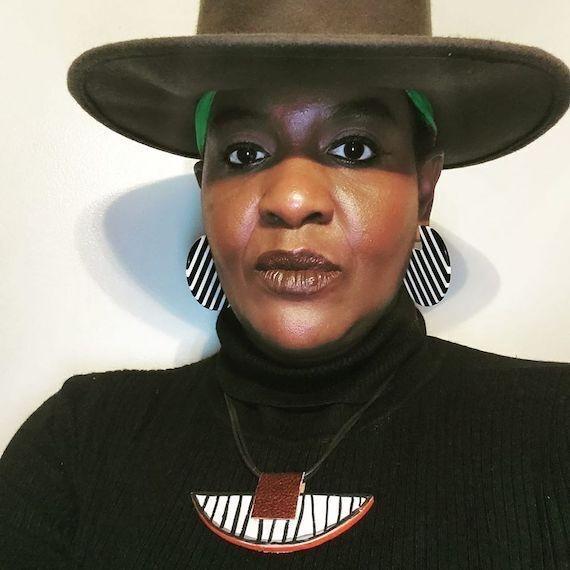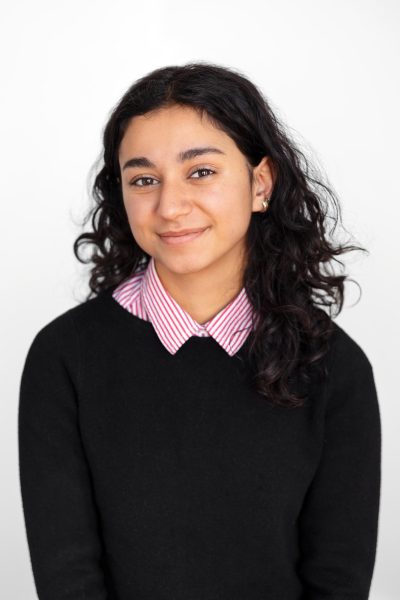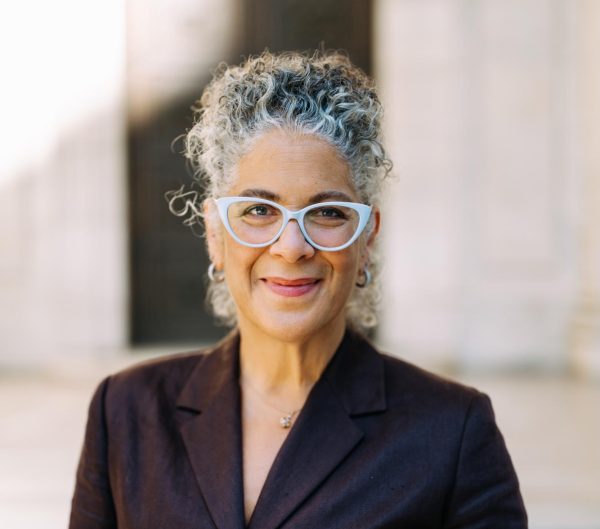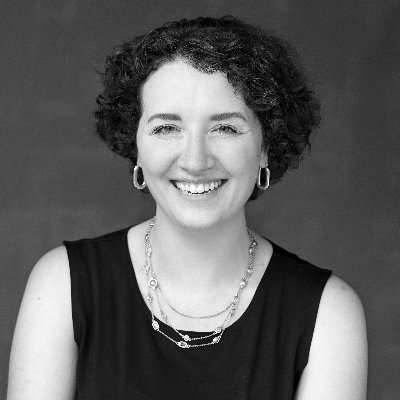Dr. Porchia Moore, Assistant Professor of Critical Museum Studies at the University of Florida
Dr. Porchia Moore is assistant professor and rotating program head of critical museum studies at the University of Florida’s School of Art + Art History and an activist-scholar in museums. Her work focuses on critical race theory as a tool for interrogating museums and the narratives they construct. She recently gave a lecture at Oberlin discussing the impact of institutional racism in museums.
This interview has been edited for length and clarity.
How did you get into museum work?
I got into museum work because my mother was a fourth-grade teacher, and she was in charge of organizing school field trips. I would go with her because I went to school with her. But also, during family leisure time, we spent a lot of time visiting museums and historic sites. My mother had a deep love for history, for education, and learning, which she passed on to me, so I grew to love museums super early on — everything from science centers and art museums to historic sites. As long as it related to history and culture, I was there. So, my deep love of museums definitely comes from my mother. As I mentioned in my lecture, research shows that if you are an adult who is involved with museums, it is likely because your family of origin selected going to a museum as a leisure time activity.
Can you talk a little about your work in critical race theory?
I entered a program for students who were enrolled in doctoral programs with very low representation, and I was the very first person to be selected to be part of that program. Being part of that program, I met lots of different scholars, and
through that I was introduced to a group of fellow doctoral students who were using critical race theory. I was like, “Oh, what is this thing?” I quickly understood that the foundation of how critical race theory functions is that if you are a critical race theorist, then part of your responsibility is to work as an activist-scholar. You are not conducting research for the sole purpose of having it read by your peers and colleagues within academia, but you’re working in conjunction and parallel to varying communities; that was really important to me. Also, there’s this notion that the work that you’re doing is meant to be restorative. It is meant to be helpful and useful and to help transform lives.
Do you teach the same thing to your students?
Yes. When I started to really think about who I wanted to be both as a scholar and as a museum professional I was really interested in the University of Florida. This was because the program tagline was, “We believe that museums can change the
world,” and I was like, “Yes! Museums can change the world.” So, I have carried on in my work, as a professor at the University of Florida, around this notion of activist scholarship — that we are activist-scholars and change agents. My students are change agents. In 2020, I changed the program from a traditional museum studies program to a critical museum studies program, which meant that we are centering empathy and social justice. Students are change agents who want to work across the cultural heritage sectors and expand the boundaries of what it means to work not only in museums, but also work in libraries, archives, or — any kind of cultural heritage institution. In recent news there has been conversation about returning many stolen artifacts that reside in American museums.
Do you have thoughts on that process?
It’s been so fascinating to see and read what has been happening even just in the last six months to a year around this conversation of repatriation, specifically around the Benin Bronzes. Twenty years ago, when nations asked for their materials back, museums unequivocally — and with lots of audacity — immediately said, “No, you can’t take care of it,” or, “No, this belongs to us. What are you going to do with it?” To have those attitudes and opinions change so drastically, it’s been amazing
to witness that. I am always in the rule of, we should be trauma-informed institutions, we should be human-centered, and we should be practicing empathy and care. So, I firmly believe that if a people or a nation asks for their stuff back, it is our duty and our obligation to return it.
How do you see the next generation of students shaping museums and what they look like?
My first response, particularly within our history, anthropology, and archeology disciplines, is that students should be questioning the canon. The canon is essentially whoever is writing about the depth and breadth of your subject matter. Within academia, we tend to only value and read what is published in a journal —something that’s already problematic. We tend to recycle and read the same authors over and over again. Usually they’re white authors or male authors. We tend to only give value to scholarship that is housed within a particular medium or format. So, question the canon, because there’s gonna be gaps in it
and you need to fill those gaps in with scholars of color, with other ways of learning outside of your disciplinary canon. The next thing is, you have to get in the habit of constantly practicing reflexive thinking and analysis. So ask, “Who are you? Why are you invested in this discipline?” When it comes to reasearch, I always tell to my students when it comes to research to ask themselves, “What communities are you trying to help? Who will benefit from this scholarship?” If you can’t answer those basic questions, then that’s a real problem, because it just means that you’re allowing yourself to be an academic and institutional cog without a real, solid purpose.










